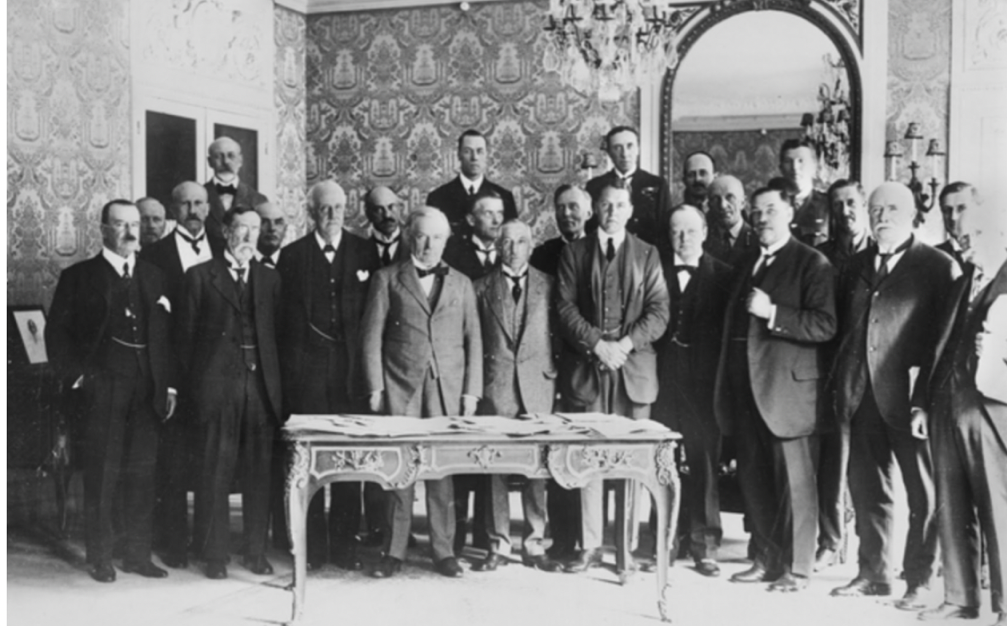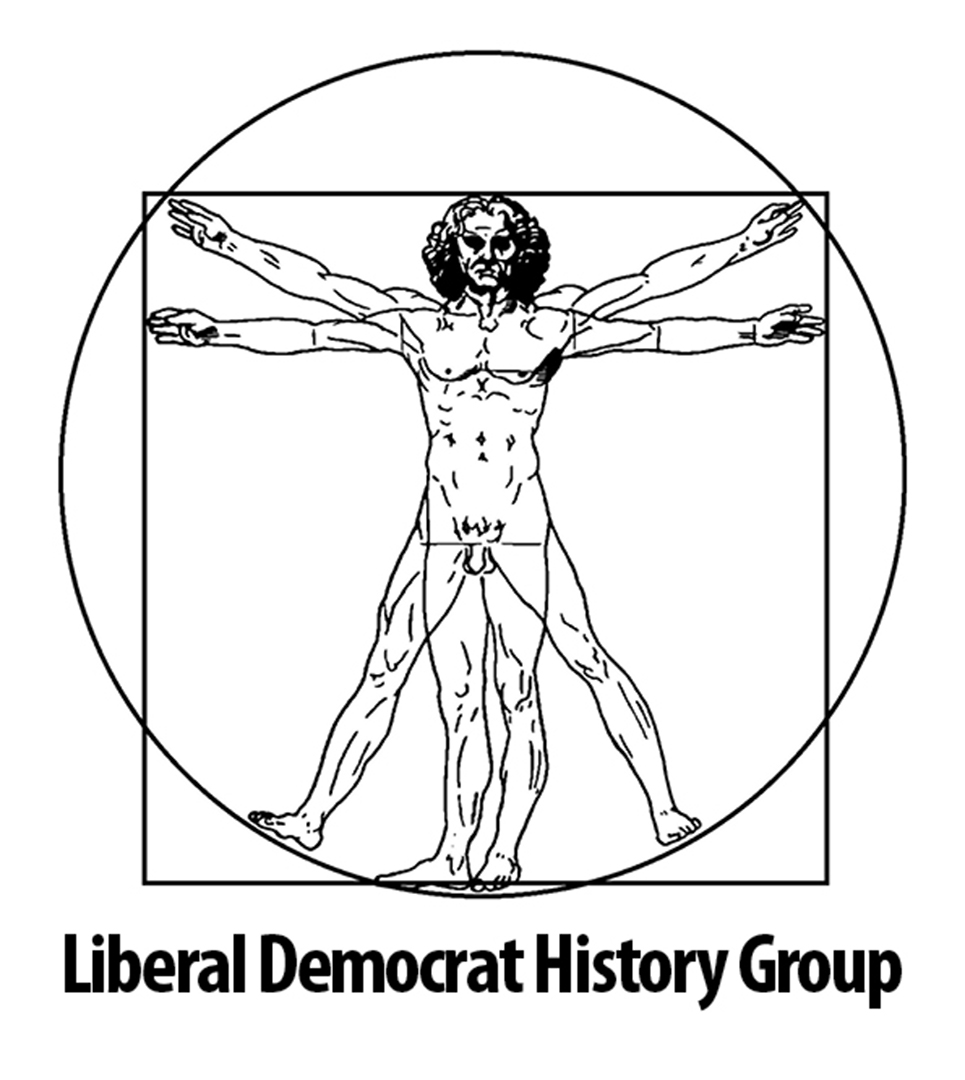During the eighteenth century Presbyterians tended to move away from their original Calvinist beliefs towards Unitarianism, and by the nineteenth century many of the most well-to-do of the Nonconformists belonged to this body. Another group with seventeenth-century roots was the Congregationalists, usually called Independents down to the mid-nineteenth century because they believed that each local congregation should be independent of all external authority. The Baptists were identical in their principles to the Congregationalists, except that they believed that only those capable of exercising faith as mature people should be baptised. The Society of Friends, or Quakers, also derived from the seventeenth century, but stood apart because of their distinctive belief in the inner light that guided every human being and their tight-knit sectarian structures. During the eighteenth century there arose a new denomination, the Methodists, who only gradually separated from the Church of England. They existed to spread the Christian gospel and so expanded rapidly, turning into the largest sector of Nonconformity, but also fragmented into several smaller bodies such as the Primitive Methodists alongside the original organisation, the Wesleyan Methodists. Other smaller denominations, such as the Salvation Army, came into existence during the nineteenth century. By the religious census of 1851 nearly half the churchgoers of England and Wales were Nonconformists.
In the eighteenth century the Old Dissenters normally supported the Whig politicians who promised the greatest degree of civil and religious liberty, though the Wesleyans, following their founder John Wesley, endorsed the existing authorities in church and state. At the time of the American Revolution, for example, many Dissenting ministers spoke out for the colonists, but Wesley condemned their rebellion. Dissenters also felt initial sympathy for the ideals of the French Revolution, but soon recoiled from its violent excesses. The government long continued to suspect their loyalty, and so during the French Wars Dissenters and Methodists alike took pains to declare their loyalty to the crown and tended to remain politically passive. As tensions eased in the 1820s the representatives of Dissent resuscitated a campaign of the 1780s for the repeal of the Test and Corporation Acts, passed under Charles II to exclude non-Anglicans from municipal office. Although the acts had become largely a dead letter, they branded Dissenters as second-class citizens. With the help of liberal Whig peers, repeal came in 1828. Dissenters, many of whom retained deep suspicions of papal ambitions, were divided over Roman Catholic emancipation in the following year, but nearly all welcomed the Great Reform Act of 1832. The Municipal Corporations Act of 1835, by opening councils to election by ratepayers, enabled many Dissenters to enter local government. They were therefore a growing political force by the 1830s, firmly aligned with the progressive side in national affairs.
In that decade, the Nonconformists, as they were just beginning to be called, had a number of grievances that they wanted to be redressed by the reformed parliament. Births in their families went unrecorded unless their infants were baptised in the Church of England; legal marriages could be celebrated only in the Church of England, with Quakers and Jews being the sole exceptions; burials in parish churchyards had to follow the Book of Common Prayer read by the parish clergyman; only Anglicans were allowed to enter the University of Oxford and to graduate from the University of Cambridge; and in each parish Dissenters were liable to pay the rate for the upkeep of the parish church. Resentment against these disabilities boiled over in 1833-34 in an agitation for their removal. The Whig government tried unsuccessfully to open the universities to Dissenters and, by introducing civil registration of births and permission for Dissenters to use their own buildings for marriage, dealt with two of the grievances, but the others continued to fester, yoking Nonconformists firmly to the Liberal Party that alone would help them. Compulsory church rates were abolished by Gladstone in 1868, most university tests ended in 1871 and burials were allowed with Nonconformist rites from 1880.
Increasingly during the 1830s and 1840s, however, the more advanced thinkers within Nonconformity began to insist that the cause of all their difficulties was the tight bond between the Church of England and national institutions. Calling themselves advocates of the voluntary principle, these more radical Nonconformists began to call for the separation of church and state. Edward Miall, a Congregational minister, launched The Nonconformist newspaper in 1841 to advocate the cause. Three years later he founded the Anti-State Church Association, from 1853 the Liberation Society, to demand disestablishment. The Congregationalists and Baptists as a whole were mobilised, and, though the Wesleyan leadership remained hostile, some Methodist laymen were drawn into the campaign. When, in 1868, Gladstone declared in favour of Irish disestablishment, Nonconformist enthusiasm for the Liberal Party was unprecedentedly strong, with Wales, where Nonconformity was especially powerful, gaining a substantial majority of Liberal MPs for the first time. It was fitting that the Quaker John Bright should in that year become the first Nonconformist to enter the cabinet.
A large section of the Gladstonian Liberal Party consisted of the Nonconformists. They were at first touchy about their principles, going into revolt against the Education Act of 1870 which permitted certain children to be given Anglican teaching at public expense. Increasingly, however, they became assimilated to the party, often providing its local leadership, particularly in the cities and market towns. Their frame of mind had to be taken into account by Liberal leaders. Nonconformists were generally keen on the observance of Sunday, wanting public bodies such as post offices to stay closed on that day. They increasingly supported what was called social purity, the campaign for the public recognition of sexual morality by, for example, the ending of medical inspection of prostitutes in the vicinity of military barracks. Many of them became zealous temperance advocates, often calling for local option, legislation allowing communities to enforce prohibition of alcohol by majority vote, and insisting that local Liberal clubs had no liquor licence. They wanted stricter controls on gambling too, a stance that led them to be critical of Lord Rosebery, Gladstone’s successor as Liberal leader, when in 1894 and 1895 his horses won the Derby. Alongside these matters of personal morality were broader concerns for a justice in foreign affairs. Nonconformists, and especially Quakers, sometimes supported the Peace Society that pressed for the avoidance of war, but they were even more drawn to the policies enunciated by Gladstone in the Midlothian campaign of 1879 that, without repudiating war altogether, insisted on respect for other nations rather than the pursuit of national interests as the lodestar of foreign policy. Consequently they were generally critical of military adventures on the boundaries of empire that led to territorial aggrandisement. In 1886, despite misgivings by some that Roman Catholics might be favoured, Nonconformists overwhelmingly backed Gladstone’s decision to introduce Home Rule for Ireland, seeing it as a further campaign for justice.
The twentieth century witnessed a decline in the influence of Nonconformists within the Liberal Party, but initially there was a false dawn for them in 1906. In the general election of that year the Free Churches, as the Nonconformists now liked to be called, provided the shock troops for the Liberal landslide, chiefly because of their desire to reverse the Conservative Education Act of 1902 that gave public money to Anglicans and Roman Catholics. Nearly two hundred Free Church MPs were returned to Westminster. The Liberal government, however, failed to produce a remedial measure, and the Liberal allegiance of Nonconformists began to waver. Some saw the Labour programme as embodying social justice for the working people; others, especially in the middle classes, thought Liberal welfare legislation was going too far in a collectivist direction and so turned to the Conservatives. Many Nonconformists nevertheless remained loyal to Liberalism. Lloyd George, himself an active member of the small Churches of Christ (though calling himself a Baptist), played on the susceptibilities of the Free Churches throughout his career, launching a Council of Action with widespread Nonconformist support as late as 1935. Nonconformist church membership tumbled from the 1960s, but surveys in the second half of the twentieth century continued to show that worshippers in the Free Churches were disproportionately more likely to vote Liberal than other religious groups. At the opening of the twenty-first century the Deputy Leader of the Liberal Democrats, Alan Beith, was a committed Methodist. The bond between Nonconformity and Liberalism was therefore long-lasting as well as formative for the character of British Liberalism.
David Bebbington has lectured at the University of Stirling in Scotland since 1976 and has been a Professor of History there since 1999. He recently published a study on The Mind of Gladstone (2004) and has just completed a book on global English-speaking Evangelicalism in the later nineteenth century. His previous works include: Patterns in History (1979; 2nd edn 1990; 3rd edn 2001; Korean edn 1997); The Nonconformist Conscience: Chapel and Politics, 1870-1914> (1982); The Baptists in Scotland (ed., 1988); Evangelicalism in Modern Britain: A History from the 1730s to the 1980s (1989; 2nd edn 1993; Korean edn 2000); William Ewart Gladstone: Faith and Politics in Victorian Britain (1993); Evangelicalism: Comparative Studies of Popular Protestantism in North America, the British Isles and Beyond, 1700-1990 (co-ed.,1994); Holiness in Nineteenth-Century England (2000); Gladstone Centenary Essays (co-ed., 2000); The Gospel in the World: International Baptist Studies(ed., 2002); and Modern Christianity and Cultural Aspirations (co-ed., 2003). This article was written in April 2005.

Journal of Liberal History
For the discussion and research of Liberal, Liberal Democrat and SDP history
Developed and hosted by Prater Raines
